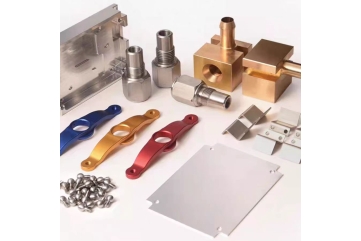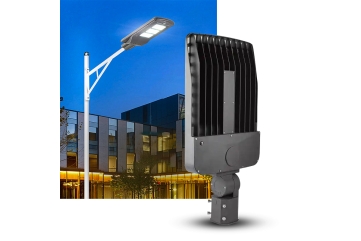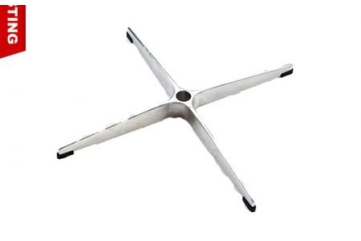What are the fundamentals of die casting?
The fundamentals of die casting encompass various aspects of the process, equipment, materials, and design considerations. Here are the key fundamentals of die casting:
1. Equipment:
– Die Casting Machine: Provides the clamping force and injection system.
– Dies: Molds made of tool steel that give shape to the part.
– Shot Sleeve: Where molten metal is introduced before injection.
– Plunger: Forces the molten metal into the die cavity.
2. Materials:
– Common alloys: Aluminum, zinc, magnesium, copper, and lead alloys.
– Die materials: Usually made from tool steels for durability and heat resistance.
3. Process Parameters:
– Injection pressure: Typically ranges from 10 to 175 MPa.
– Metal temperature: Varies by alloy, but usually between 620°C to 710°C for aluminum.
– Die temperature: Controlled for optimal solidification, typically 150°C to 260°C.
– Cycle time: Can range from less than a second to a few minutes, depending on part size and complexity.
4. Die Design:
– Parting line: Where the two halves of the die meet.
– Gates and runners: Control metal flow into the cavity.
– Vents: Allow air to escape as metal enters.
– Cooling channels: Regulate die temperature.
5. Part Design Considerations:
– Draft angles: Facilitate part removal from the die.
– Wall thickness: Affects solidification and part strength.
– Ribs and bosses: Provide strength while minimizing material use.
6. Metallurgy:
– Understanding of alloy properties and behavior during casting.
– Control of grain structure and porosity.
7. Thermal Management:
– Proper cooling and heating of dies for optimal part quality.
– Balancing solidification rates across the part.
8. Quality Control:
– Dimensional inspection of parts.
– Testing for mechanical properties and defects.
– X-ray or CT scanning for internal defects.
9. Surface Finishing:
– Various post-casting treatments like polishing, painting, or plating.
10. Process Automation:
– Use of robots for part extraction and handling.
– Automated lubrication and die spraying systems.
11. Environmental and Safety Considerations:
– Proper ventilation and fume extraction.
– Safe handling of molten metal and hot parts.
– Recycling of scrap metal and proper waste management.
12. Cost Considerations:
– Initial tooling costs vs. production volume.
– Material selection based on performance requirements and cost.
13. Simulation and Modeling:
– Use of computer-aided engineering tools for process and part design optimization.
Understanding and mastering these fundamentals is crucial for successful die casting operations, enabling the production of high-quality parts efficiently and consistently. Each of these aspects plays a vital role in the overall die casting process and influences the quality, efficiency, and cost-effectiveness of the production.




